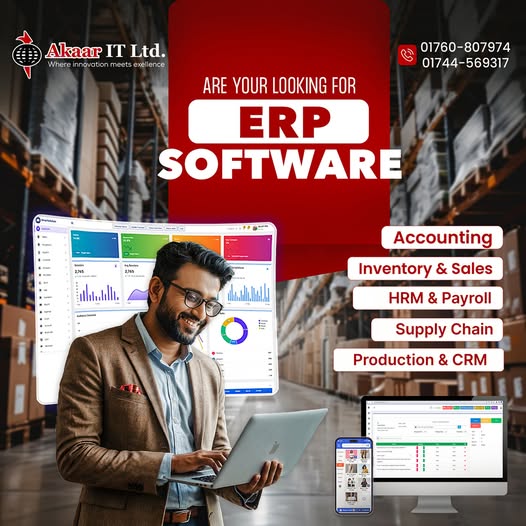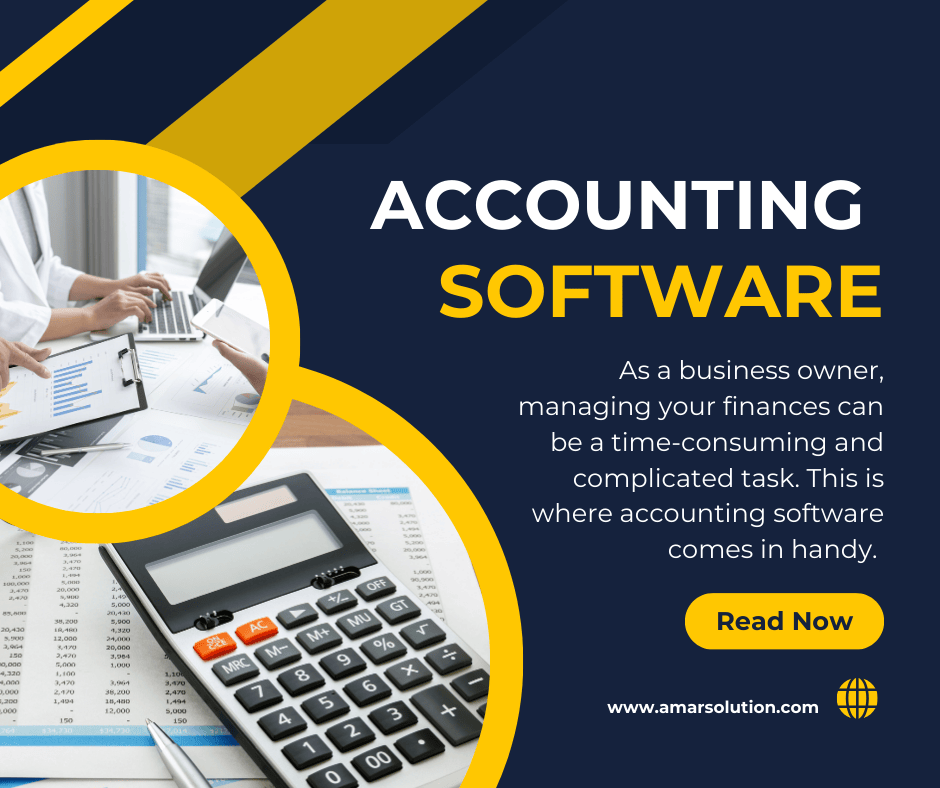How to Fix the Common Issues of Any POS System
Introduction
Are you a business owner who is looking for a way to boost efficiency and improve customer service? If so, you may be considering investing in a point of sale (POS) system. A POS system can help you track sales, inventory, and customer data.

How to Fix the Common Issues of Any POS System
Point of sale, or POS, systems are an essential part of any retail business, yet they often come with a host of common issues. From hardware malfunctions to software glitches, POS systems can be a headache for even the most experienced retail manager. However, there are a few easy things that you can do to fix the most common POS problems.
Connectivity Issues
POS systems rely on stable internet connectivity to function correctly. Connectivity issues can be caused by several factors, such as a slow or unreliable internet connection, network congestion, or equipment malfunction.
To resolve connectivity issues, start by checking your internet connection. Make sure that your router and modem are working correctly, and that all cables are securely connected. If the issue persists, contact your internet service provider (ISP) for assistance.
You can also try rebooting your POS system and network equipment, as this can sometimes resolve connectivity issues. If you're using a wireless connection, consider switching to a wired connection to reduce the risk of interference.
Losing Data
Losing data is a frustrating issue for any POS owner. While there are a number of potential causes, the most common culprit is simply a power outage or system failure. However, there are a few steps you can take to help prevent data loss in the future.
- First, be sure to back up your data regularly. This way, if your system does go down, you'll have a recent copy of all your information.
- Secondly, consider investing in a UPS (uninterruptible power supply) or similar device. This will provide backup power in the event of an outage, allowing you to safely shut down your system and avoid losing any data.
- Finally, make sure your POS software is up to date and that you have the latest version of any important drivers installed.
By taking these precautions, you can help ensure that your POS system stays up and running - and that your data remains safe.
Power Outages
Power outages are one of the most common issues that can occur with a POS system. While they can be caused by a number of factors, such as severe weather or power surges, there are a few steps that you can take to fix the issue.
- First, check to see if the power outlet is functioning properly. If not, you may need to replace the fuse or circuit breaker. If the outlet is working, but the POS system is still not receiving power, you'll need to check the power cord. Make sure that it is plugged in securely and that there are no loose connections. If the cord appears to be damaged, you'll need to replace it.
- Finally, if the power cord is plugged in and the outlet is working, but the POS system still won't turn on, you may need to reset the system. Follow the instructions in the manual for your specific model.
By following these steps, you should be able to fix most power outage issues with your POS system.
POS Security
A POS, or Point of Sale, the system is a crucial part of any business that sells physical goods. It allows customers to make purchases quickly and easily, and it provides businesses with valuable data about their sales. However, POS systems can also be a security risk. If a POS system is not properly configured, it can provide attackers with access to sensitive customer information, such as credit card numbers and addresses. Fortunately, there are a few simple steps that businesses can take to secure their POS systems.
- First, they should make sure that the software on their POS devices is up to date. Attackers frequently exploit vulnerabilities in outdated software, so it's important to keep POS systems up to date with the latest security patches.
- Second, businesses should encrypt all sensitive data stored on their POS devices. This will make it much more difficult for attackers to access customer information if they do manage to compromise a POS system.
- Finally, businesses should consider using two-factor authentication for their POS devices. This will require users to enter both a password and a physical token, such as a key fob, in order to log in.
By taking these steps, businesses can significantly reduce the risk of a POS security breach.
Payment Processing Problems
One of the most critical functions of a POS system is processing payments. Payment processing problems can result in lost sales, frustrated customers, and a damaged reputation.
If you're experiencing payment processing problems, start by checking the payment processing settings in your POS software. Ensure that you've set up the correct payment methods and that all payment settings are configured correctly.
If the issue persists, check with your payment processor to ensure that there are no issues on their end. It's also essential to ensure that your POS system is compliant with the latest payment processing standards to avoid payment processing errors.
Software Glitches
POS software is designed to be user-friendly and intuitive, but it's not immune to glitches and bugs. These issues can cause your POS system to crash, freeze, or display error messages.
If you're experiencing software glitches, start by checking for any available software updates. Most POS software providers release regular updates to fix bugs and improve system performance. Ensure that you install these updates promptly to keep your POS system running smoothly.
If the problem persists, contact your POS software provider's support team for assistance. They can help diagnose the issue and provide a solution.
Internet Issues
POS systems are an essential part of any retail business, but they can be susceptible to Internet issues. A POS system relies on a stable connection to function properly, so even a brief interruption can cause problems. There are a few things that can cause Internet issues for a POS system, including power outages, bad cables, and loose connections. If you're experiencing Internet issues with your POS system, there are a few things you can do to fix the problem.
- First, check the power source and make sure that the system is plugged in and receiving power. Next, check the cables and connections to ensure that they are tight and secure.
- Finally, restart the POS system and see if the issue has been resolved. If you're still having trouble, you may need to contact your POS provider for further assistance.
Hardware Failure
A POS, or point of sale system, is a vital part of any retail business. It allows customers to make purchases quickly and easily, and it provides businesses with valuable data about their sales. However, POS systems are not perfect, and they can occasionally experience hardware failures. When this happens, it can be very disruptive to businesses. There are a few things that can be done to fix the hardware failure issue of a POS.
- First, businesses should make sure that their POS systems are properly maintained. Regular cleaning and maintenance will help to prevent many common problems.
- Second, businesses should have a backup plan in place in case of failure. This may mean having a spare POS system on hand or simply being prepared to process transactions manually.
- Finally, businesses should contact their POS provider if they experience any problems. Most providers offer 24/7 support and can help troubleshoot any issues that may arise.
By taking these steps, businesses can minimize the disruption caused by POS hardware failures.
How to contact customer service for help with your POS system
When you purchase a POS system, you're investing in a complex piece of technology that will play a critical role in running your business. While POS systems are generally very user-friendly, there may be times when you need to contact customer service for help. The good news is that most POS providers offer excellent customer support and are always ready to help you troubleshoot any issues you may be having.
There are a few different ways to contact POS customer service. The first is to call the support number that came with your system. This is usually the quickest way to get in touch with someone who can help. Alternatively, you can send an email or visit the support website for your particular POS system. On the website, you'll usually find a knowledge base of articles and FAQs that can help you solve common issues on your own. Finally, many POS providers also offer live chat support, which can be a great option if you need immediate assistance.
No matter how user-friendly your POS system is, there's always a possibility that you'll need to contact customer service at some point. By knowing how to reach out for help, you can ensure that any issues you experience with your POS system are quickly resolved.
Conclusion
So, if you are experiencing any of these common POS system issues, what can you do about it? The good news is that most of these problems are easy to fix. Here are a few tips to help get your POS system up and running smoothly again.
If you need help fixing your POS system or would like more information on our services, please don't hesitate to contact us. We're here to help! Have you ever had to deal with one of these common POS system issues? Let us know in the comments below.
You may read also – How Can POS Increase the Productivity of Your Store










